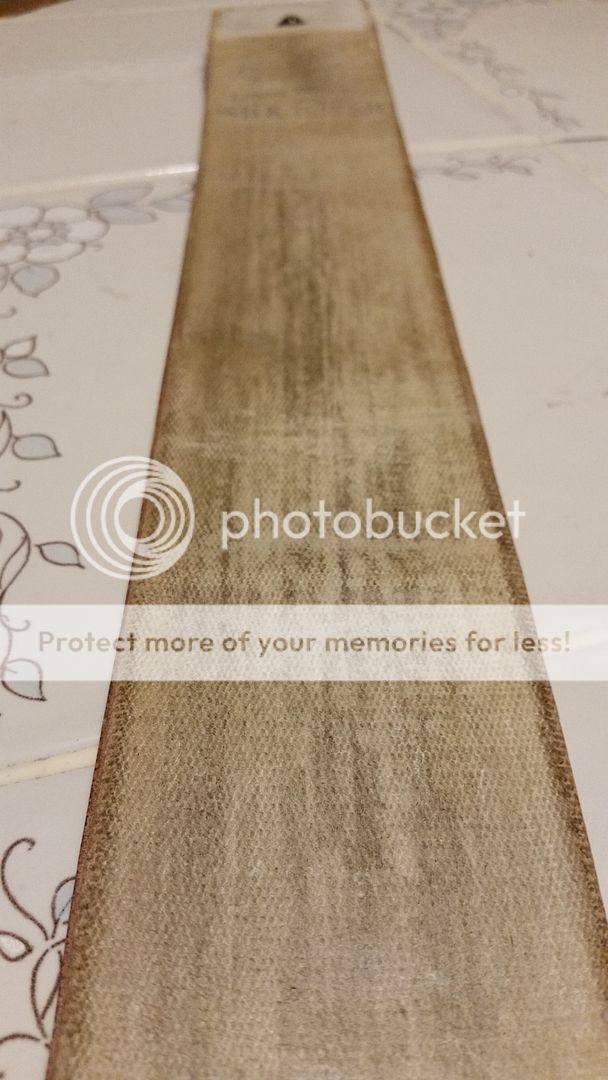NJBillK
Custom Leather and Fixed Blade modifications.
- Joined
- Mar 27, 2014
- Messages
- 9,594
First off, my apologies for the photo size.
I did some looking around and I found a little bit of info on this, but nothing too informative.
-It seems to be of Russian made skin or an old Russian tanning style, that is still up for debate.
-It is often considered a pretty good "Beginner" strop for a straight razor.
-Comparable to (or slightly less than) a "Red Imp" strop.
-This one is still very soft and supple, with no cracks, tears, cuts or gouges (the marks seen are superficial and are of no concern).
Considering I paid $10 for both, I was thinking of mounting them to a hardwood base via rivets in the corners and screws to keep tension and not Have to glue them down.
-Should I hit the linen strop with 2k SiC sandpaper to soften the build up and open the fabric a little for more " bite"?
-What compound should I use on the leather?
》The linen?
Pics:






I did some looking around and I found a little bit of info on this, but nothing too informative.
-It seems to be of Russian made skin or an old Russian tanning style, that is still up for debate.
-It is often considered a pretty good "Beginner" strop for a straight razor.
-Comparable to (or slightly less than) a "Red Imp" strop.
-This one is still very soft and supple, with no cracks, tears, cuts or gouges (the marks seen are superficial and are of no concern).
Considering I paid $10 for both, I was thinking of mounting them to a hardwood base via rivets in the corners and screws to keep tension and not Have to glue them down.
-Should I hit the linen strop with 2k SiC sandpaper to soften the build up and open the fabric a little for more " bite"?
-What compound should I use on the leather?
》The linen?
Pics:






